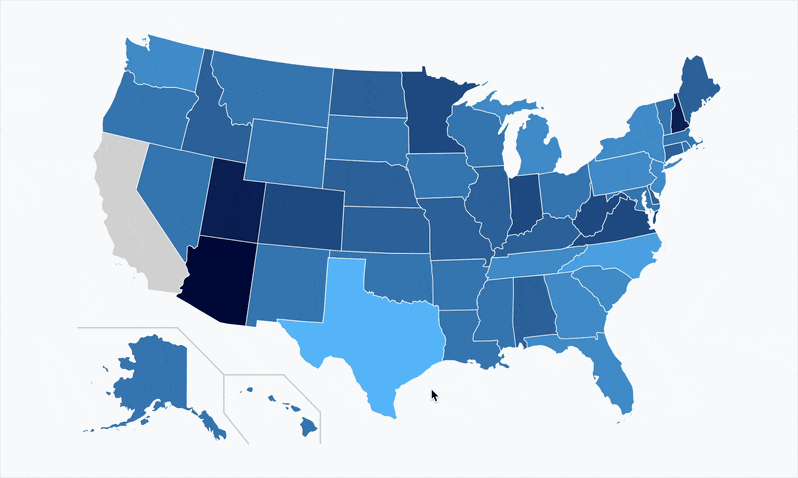Enrollment growth is often a top priority for institutions of all sizes in today’s competitive educational environment. However, achieving this requires a data-informed, strategic approach. This playbook describes the tools for making informed program decisions, optimizing existing offerings, and building a future-proof institution.
Ditch the Guesswork and Embrace Data-Informed Decisions
Gone are the days of relying just on gut feelings. Master the art of informed program decision-making by leveraging robust data analysis. This includes:
- Market Demand: Identify what programs students want to take based on enrollment, completions, and Google search data. Understand industry trends, job opportunities by program, and what graduates really do with their degrees.
- Program Economics: Operationalize data on program economics (revenue, instructional cost, and contribution margins) to optimize class sizes and faculty utilization. Benchmark department, program, and course margin and cost against other institutions.
- Machine Learning: Estimate potential future enrollment and finances in new and current programs so you can invest in programs with the greatest growth opportunities. Build a pro forma for any potential new program.
With data as your guide, you can spot enrollment goldmines by program that attract students and lead to strong outcomes.
Revive, Refine, and Reimagine Your Programs
Your existing programs hold untapped growth potential. Use data to uncover hidden strengths and weaknesses:
- Avoid Dumb Cuts: Most small programs make money. Small programs usually don’t have large budgets to cut, and they draw in some revenue, so the net savings are minimal. However, teaching them out can be very expensive. You must run the numbers to understand program revenue, cost, margin, and teach-out expenses before you cut. Otherwise, Dumb Cuts will leave you worse off than before.
- Find Curricular Efficiencies: Reducing the number of under-enrolled courses and sections can yield substantial savings. Also, when we calculate teaching time and release time, we usually find millions of dollars in “unspecified time.” These cuts usually do not affect enrollment or attract unwanted attention from the media. They can provide the funds needed to invest in growth.
- Optimize Successful Programs: Identify the factors that drive student demand and outcomes. Use these insights to refine and market your institution.
- Do Program-Specific Marketing: Many colleges only market their institutional brand; however, many students search for specific programs. If you do not invest in keyword marketing and SEO for a program, your offer will be buried on the second or third page of a Google search. Investing in online media can pay for programs in healthy markets many times over.
By taking a data-informed approach, you can ensure that your program portfolio is aligned with your mission and financially sustainable.
Navigate Tough Choices with Confidence
- Identify Struggling Programs: Not all programs are created equal, and to make the right decision about closing a program, you need data on program margins and market demand. Programs with low to negative margins but growing market demand might be worth an investment.
- Make Informed Choices: Analyze costs, resources, and potential for revitalization. Explore options for consolidation, revamping, or phasing out programs, ensuring your resources are allocated effectively.
Data-informed decision-making includes ongoing program management through collaboration across the university.
Forge a United Front: Faculty and Administration
Program evaluation success hinges on transparency throughout your institution. By fostering open communication and data-informed collaboration, you can achieve:
- Consensus: Share data insights with faculty to build buy-in for program changes and ensure program evaluation aligns with resources and mission.
- Smoother Program Implementation: Collaborate through all stages of program development, minimizing friction and empowering academics.
Frequent, collaborative program evaluation ensures your institution can adapt and thrive in a fast-changing educational landscape.
Safeguard Your Financial Future
Sound financial decision-making at the program and course level is essential for growth. Data analysis helps you:
- Maximize ROI: Calculate projected revenues and expenses for new and existing programs to allocate resources efficiently and avoid costly mistakes.
- Optimize Course Load: Identify high- and low-demand courses and adjust programs to meet student needs while maximizing your resources.
Using data to inform financial decisions can ensure program sustainability and safeguard your institution’s financial health.
Enrollment growth is a strategic journey, not a gamble. You can build a thriving institution that attracts and retains tomorrow’s leaders by embracing data-informed decision-making, program optimization, and internal collaboration.





